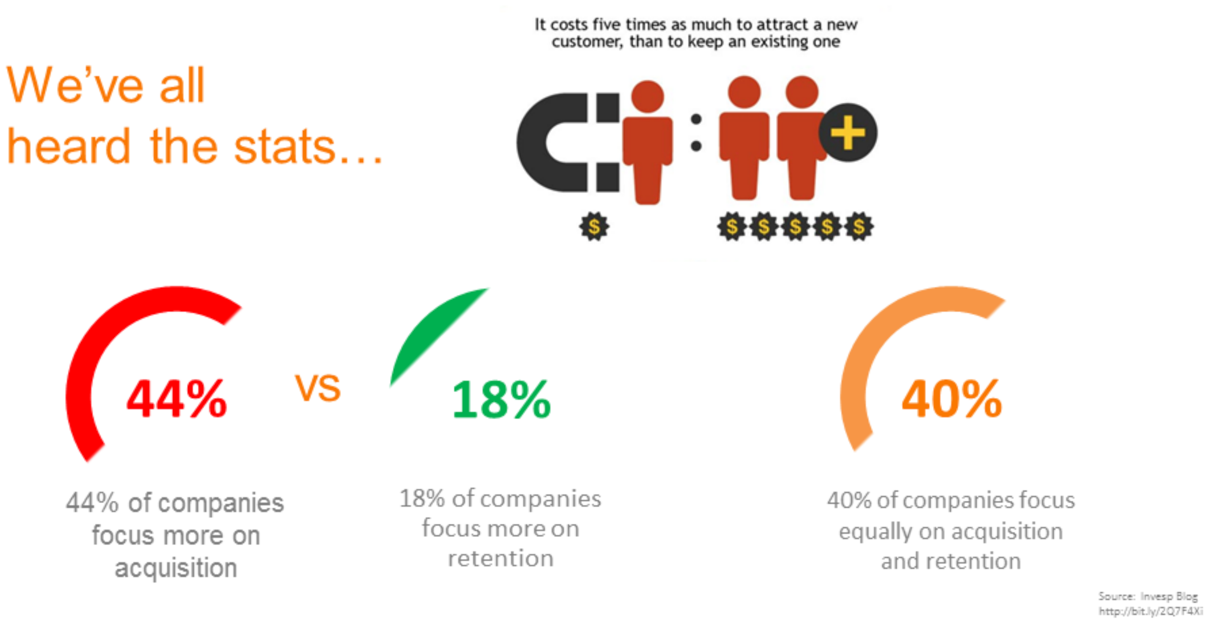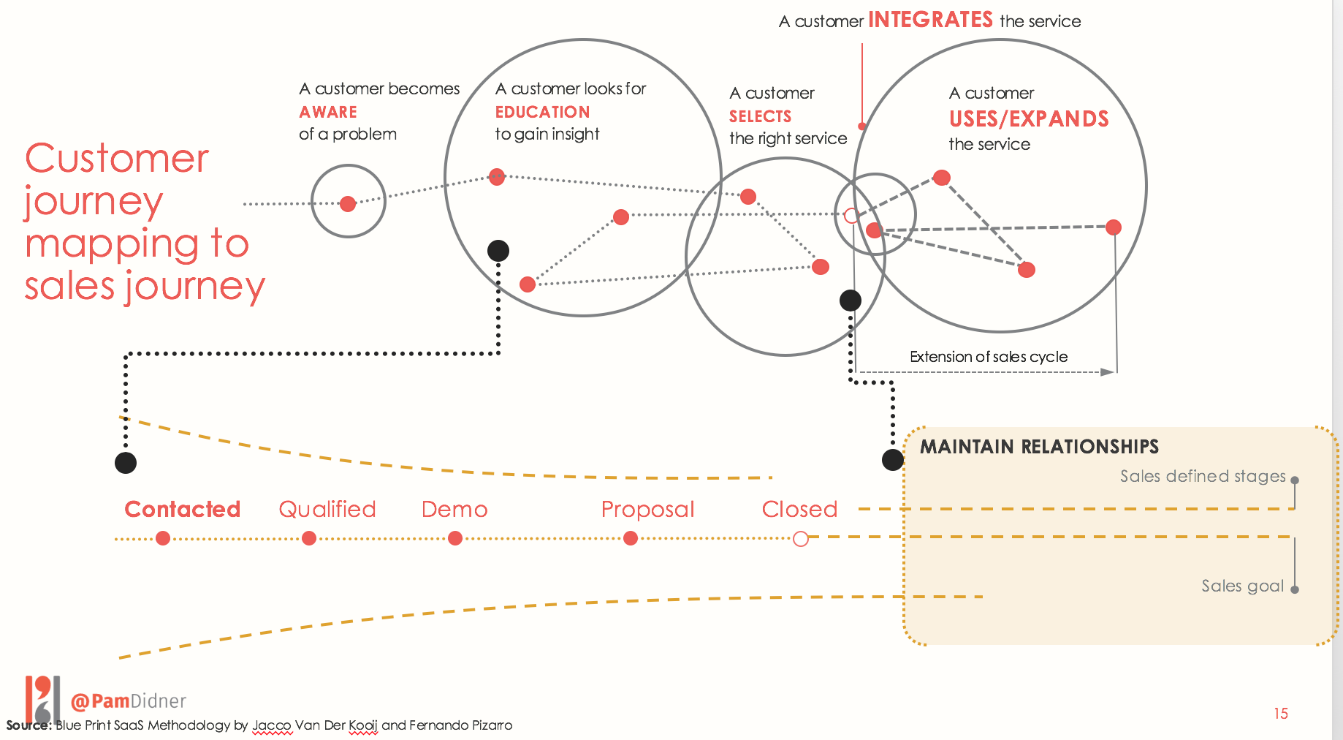 2018 marks the 8th year for Content Marketing World, the world’s largest conference dedicated to content marketing. 2018 also marks my 8th time as an attendee to this conference, and my 7th time as part of the speaker roster. This year, I chose to be a track moderator, introducing all of the presenters in one track on a single day, ensuring sponsors were mentioned and covering some general housekeeping for the attendees. I was assigned to moderate the Sales Track on Day 1, and my four presenters did not disappoint. Here are some key takeaways from my day:
2018 marks the 8th year for Content Marketing World, the world’s largest conference dedicated to content marketing. 2018 also marks my 8th time as an attendee to this conference, and my 7th time as part of the speaker roster. This year, I chose to be a track moderator, introducing all of the presenters in one track on a single day, ensuring sponsors were mentioned and covering some general housekeeping for the attendees. I was assigned to moderate the Sales Track on Day 1, and my four presenters did not disappoint. Here are some key takeaways from my day:
First up, was Matt Heinz, Heinz Marketing, with his presentation Sales Content That Sells: A Proven Approach to Sales Enablement Success.
Matt kicked off his presentation by asking the audience “Why is selling so hard?” Great question. According to Matt, there are six key reasons selling for B2B has become such a challenge:
- Customers are busier than ever before
- Customers are self-educated and comfortable doing research on their own
- Customers have become skeptical of the traditional sales process
- Customers are distrustful and don’t want to be taken advantage of easily
- Customer are jaded (been there, done that)
- Customers….are a lot like you
Read More: Programmatic Is Not a KPI
When you see this list laid out in front of you, it becomes quite clear how content can be the key element that takes on each of these challenges.
- Customers are busier than ever before
- Create content that makes it easy for your customer to find and digest
- Customers are self-educated and comfortable doing research on their own
- Customers are researching your products and services. Is your content readily available to answer their questions and educate them? Or are you leaving that up to your competition?
- Customers have become skeptical of the traditional sales process
- We know customers are spending the majority of the buying process doing their own research. They don’t want to talk to a salesperson early in the buying process. Let your content guide them to their purchase decision.

- We know customers are spending the majority of the buying process doing their own research. They don’t want to talk to a salesperson early in the buying process. Let your content guide them to their purchase decision.
- Customers are distrustful and don’t want to be taken advantage of easily
- Provide content that can be trusted. Honesty and integrity is critical in content development.
- Customer are jaded (been there, done that)
- Be different and unique in your content development. Find ways to stand out from your competition.
- Customers….are a lot like you
- Don’t speak down to your customer. Create content that you would want to read, watch or listen to.
Read More: What We Learned at DMEXCO 2018: Wedding Running Shoes and Dating Your Customer
The second presenter for the Sales Track was Andrea Ames, Idyll Point Group, with the topic Boosting Sales Leads and Sales via Your Company’s Hidden Content Treasure. Andrea’s key point for her presentation is that good post sales content is critical to keeping and maintaining customers. This is especially important when working with technology buyers.
Andrea addresses what she refers to as the “content ecosystem”. Basically, content development must include external and internal content creation that crosses departments and creates a culture of content. If it takes five times as much to attract a new customer than to keep an existing one, why isn’t there more time and attention focused on post sales content?


There are three main areas that need to be addressed to tackle post-sales content successfully:
- Bridge Organizational Silos: a practical and maintainable process for content creation and curation across departments is critical
- Content Creator Career Development: set up appropriate organizational incentives and put in place training for team members to become top-notch content creators
- Tools and Technologies: Put in place the necessary tools and tech for your teams to author, manage, analyze and implement content successfully
Why isn’t this done more often? It’s hard. With the challenge of institutional thinking and the necessary buy-in from leadership, implementing a process that incorporates content across built-in siloes is a long-term goal at best. But start small with a pilot program and use your champions across departments to advocate for this change. It will be well worth the efforts.
Next up was Susan Harman, Susan Hartman Consulting, addressing the topic When You Think of Channels For Distribution of Content, Do You Think “Inside the Box”?
Read More: AI-powered Conversation Bots Empower CMOs to Prove ROI
Though it’s 2018, some companies are still struggling with aligning their marketing and sales teams to achieve improved outcomes to the business and bottom line. As Susan pointed out at the start of her presentation “For marketing and sales to be effective, they ned to form a symbiotic relationship.” She broke down the four main issues still at play in today’s organizations:
- No sales inclusion in strategy and planning
- As we move into planning for 2019, it’s the perfect time to bring marketing and sales together for collaboration and strategy plans.
- Insufficient marketing delivery to sales and channels
- Use your sales team to help with content ideation. They are closest to the customer and can add much needed insight into what content may work.
- Ease of access and ability to put hands on content
- Once the content is ready, ensure processes are in place for sales to easily access what they need when they need it.
- No tracking of content or tying it to mutual KPI’s
- Sales and marketing should be working together to set KPI’s. And then make sure these KPI’s can be tracked with the right tools and resources.

Sales and marketing working together is not only smart marketing, it’s mandatory in today’s B2B digital customer centric climate.
Read More: 18 Video Marketing Ideas for Every Stage of the Buyer’s Journey
The final speaker for the in the Sales Track was Pam Didner, Marketing Consultant, Speaker and Author and her presentation 5 Creative Way Marketers Can Enable Sales Teams. This was a great way to end a very full day on all things sales and content marketing. Pam’s five ways include:
- Defining MQL and SQL in action-driven terms
- Ensure that as you set up your lead scoring model that there are specific actions the prospect needs to take to become a MQL or SQL.
- Map marketing content to sales content
- When planning out your content and mapping it to your customer journey, include content developed by sales at the appropriate stages.
 Collaborate on Account Based Marketing
Collaborate on Account Based Marketing
- When developing your AMB strategy, the account should drive messaging, content creation, creative development and integrated campaigns. This requires sales and marketing to collaborate every step of the way.
- Incorporate digital marketing elements as part of sales
- Think outside your internal stakeholders and look to partners for co-marketing opportunities such as co-branded content and co-created webinars.
- Contribute to sales on-boarding and continuous education
- Marketing can train sales on new content that is being deployed, assist with messaging and key talking points and share tips on using social media as a social selling platform.
By working together, marketing can enable the sales team to meet or even exceed their goals.
These four presentations are just a snapshot of the dozens of speakers, breakouts, lunch ‘n learns and keynote sessions that make up the Content Marketing World Conference. Every year this conference does not disappoint in sharing various areas of the content marketing spectrum, providing something for pretty much everyone on your marketing team. Mark your calendars for September 3rd-6th 2019 and plan to attend next year!
Read More: Social is the Unexplored Frontier of Digital Promotions












Comments are closed.